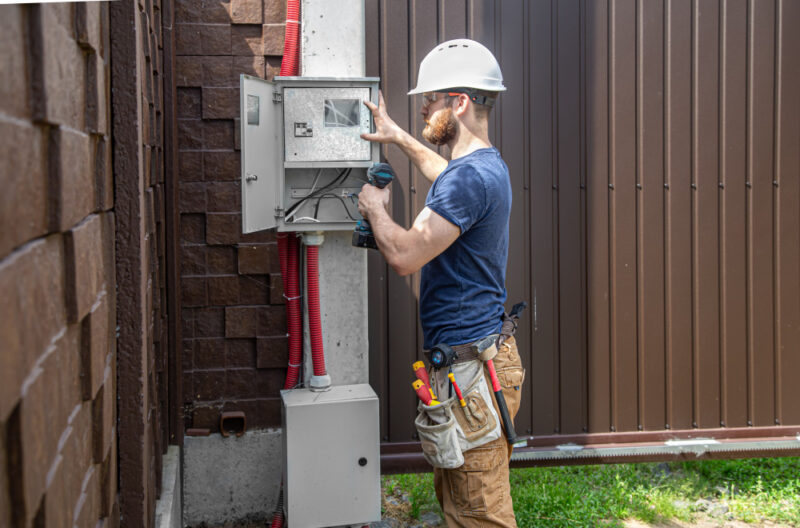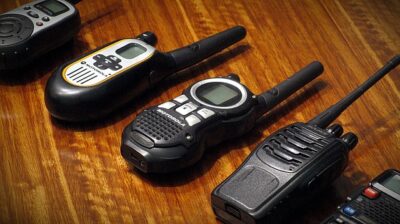Heat pumps require regular maintenance to function optimally. Without it, their performance could suffer significantly and lead to more costly, unexpected future repairs.
This guide will detail common maintenance and service tips to consider to keep your heat pump in top shape.
For industry-best heat pump service and maintenance guidance, consider Diamondback Plumbing and Cooling.
Check the air filter
Air filters serve as the first line of defense between your heat pump and air that enters it, trapping particles such as hair, dust, pet dander and fibers to protect other components of the unit from damage. Dirty filters inhibit airflow, causing uneven heating or cooling performance.
Heat pumps rely on two coils – one outdoors and the other inside the house – for heat transfer, but as time goes on, they may become clogged with dirt, debris and pollutants, which reduce efficiency and shorten system lifespan. A clean coil provides more efficient heat transfer for more comfortable living environments.
At each scheduled maintenance service, a certified technician will inspect your heat pump’s filter and other parts for signs of wear or malfunction, verifying its on/off functionality and the function of any additional controls.
Clean the condensate lines
Clogged air conditioning drain lines are a common occurrence in hot-humid climates. Clogs can prevent your AC from draining properly, leading to potential water damage and mold issues in the home. Luckily, cleaning condensate drain lines is a straightforward DIY project.
First, disconnect the power to your HVAC system. Next, use a wet-dry vacuum or shop vac to suction out debris from the clogged AC drain line. Or try using a garden hose nozzle attached with water or vinegar; its acidity helps quickly break up clogs before flushing them away.
You can ensure an unclogged drain line with routine maintenance and proper care. Furthermore, keeping the area around the drain clear of debris is equally essential to its longevity and durability.
If the clog cannot be removed manually, attempt blowing out your line using an air compressor or bicycle pump with gloves and eye protection on. Chemical drain cleaners such as Di-D or Draino may also help break up stubborn clogs; just follow all manufacturer’s instructions when using these products, as misuse can be dangerous.
Check the refrigerant levels
Heat pumps rely on refrigerant to cool and dehumidify your home during summer, similar to how a refrigerator requires chemicals for cooling purposes. Unfortunately, as with all appliances, heat pumps may occasionally experience performance-reducing issues, one such instance being low refrigerant levels.
Heat pumps with low refrigerant levels lose their ability to absorb and produce heat efficiently, leading the evaporator coil to freeze over time. This may initially seem like a minor inconvenience, but its lack of absorption will impact the system’s efficiency,
Signs that indicate your heat pump’s refrigerant levels could be too low include hissing and gurgling sounds, so it’s wise to contact a professional as soon as you hear these noises.
When checking refrigerant levels, a technician must remove the cover on the system’s compressor and observe its gauge; it should remain within normal range without falling below red; otherwise, they must replace the refrigerant.
Check the electrical connections
A cable connects outdoor and indoor units with three current-carrying conductors and ground. These wires must be of sufficient size to ensure efficient operation and protection against damage; too small could cause voltage drops that compromise efficiency or damage, while overheating can occur if they’re too big.
When selecting minimum conductor sizing parameters, always follow NEC and manufacturer recommendations. When your heat pump starts malfunctioning, there could be issues with its thermostat or a blown fuse in its control board. It is highly advised to consult with an HVAC technician as repairs require comprehensive knowledge of its electrical requirements and your system itself.
If you plan to upgrade the wiring in your heat pump thermostat, switch off the power at both the breaker and air handler/condenser before beginning any modifications.
It may be advisable to enlist professional assistance since changing it yourself could prove dangerous and require special knowledge of your system; doing it on your own could trip a breaker or cause irreparable harm.










